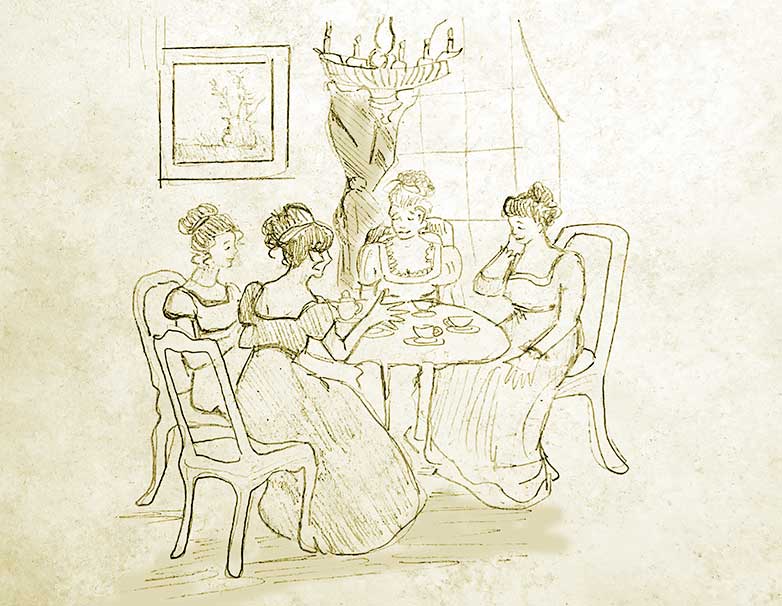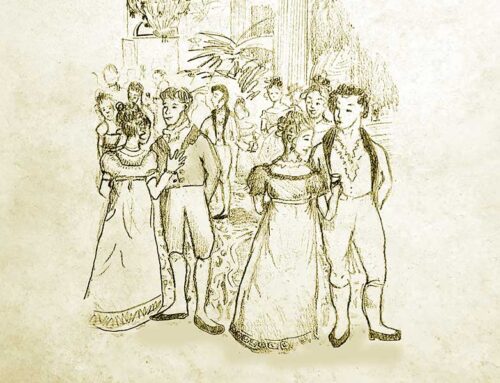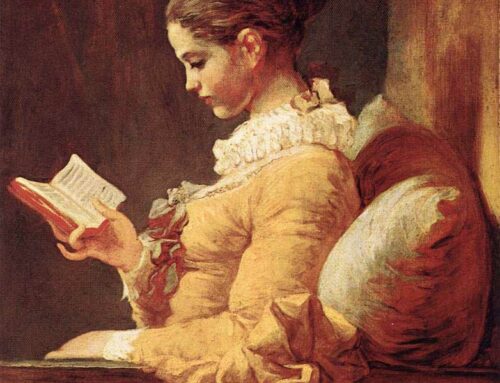
Historical Fiction: Why I Find It So Compelling
In the Beginning …
Before there were books, before there was written language, before people sat around a fire as evening fell and talked about the day, humans were telling stories on the walls of caves with pictures. Were the stories true? Was the animal being hunted truly as ferocious as the cave painter drew it? Were the warriors as tall, well-muscled and brave? A good story requires that the brave hero or heroine vanquish a worthy adversary. We tell stories to make us feel we are in control of the chaos of the world. A good story helps us get out of bed in the morning and face the day.
Contemporary fiction helps us to understand and cope with the world in which we live. Historical fiction, whether it is set 100 years in the past or 1000 years in the past, helps us escape the world in which we live so that we have the strength to carry on with our normal lives.
Why I Write Regency Era Stories.
I write stories that are set in the broad Regency era, 1780-1840. I was first attracted to this time period when I was having trouble dealing with normal life. Suffering from a debilitating case of Post-Traumatic Stress Syndrome related to the events of 9/11, I desperately needed an escape. The types of books that I had loved to read before 9/11 — science fiction and mysteries — were too intense for me. One day I wandered into the romance section of a bookstore. I had no interest in contemporary romances. I needed a real escape from the world I knew. I came across The Duke and I, the wonderful first novel of Julia Quinn’s Bridgerton stories, which was the inspiration for Season One of Shonda Rhimes’s brilliant Netflix series.
I flipped through the book to get a sense of the story. Instead of being a typical “bodice buster,” as I had expected it to be, this was a story of a boy born to wealth and privilege who was expected to be perfect in every way. But he stuttered. And in Regency England, this was a sign of, dare one say it, imbecility. How would Quinn resolve this problem? I was shortly to be hooked on Julia Quinn’s writing, on Regency England and on Regency romances.
I consumed Regency and Victorian — 1837–1901 — romance novels, discovering other wonderful writers like May Balogh, Tessa Dare, Anne Gracie, Lisa Berne, Eloisa James, Sabrina Jeffries, Candace Camp and Jo Beverly along the way. By 2009, when I was finally beginning to recover, I had read close to a thousand romances. Each book had given me strength to get out of bed in the morning and the courage to attempt to live my life in a useful way.
Some of the Things I Love Best About the Regency Era.
On this journey, I had learned a great deal about the Regency era. I liked the Regency era, especially the earlier period during which the world was beginning to change in so many significant ways. In 1792, Mary Wollstonecraft’s seminal feminist manifesto, Vindication of the Rights of Woman, was published. It argued for the right of women to an education equal to that of men and for women to have the same rights in society as men.
The Regency was a time of great literary output in Great Britain. Jane Austen’s classic depiction of the life of the rural gentry, Pride and Prejudice, was published in 1813. Mary Wollstonecraft’s daughter, Mary Shelley, published Frankenstein in 1818. In the pages of modern day Regency era novels, women fought against the stifling norms of the period that relegated women to the status of chattel. I found that I liked that in a story. The Regency era pulled at my heart and at my imagination.
My Guilty Secret!
I had a secret not even my husband knew. Ever since my teens, I had yearned to write novels for a living. By 2009, I began to think that maybe it was time for me to attempt a story set in the Regency era. But what to write about?
One morning I woke up. I had had a very vivid dream about a man in the Regency era who could turn into a raven. I went to my desk and committed the outline of the story to paper. Later that day, I began to write what was to become The Curse of the Ravenscrofft Brides, the first novel in the Ravenscrofft Chronicles. It took a year, but I had done it. Other books were soon to follow, all set in Regency England.
Regency Romance Saved My Life.
I sometimes tell people that Regency Romance saved my life. In some ways, this is very true. During the process of writing my first novel, I discovered that I am a very disciplined writer and that I really love writing fiction. Every morning, when working on Ravenscrofft, I would get up, shower — and think about what I was writing — dress, have breakfast and then get down to work for two or three hours. During that time, nothing else mattered. The time spent writing and thinking about another time and place gave me a powerful escape from the anxiety, depression and worry that plagued me every day. Slowly, I got well. I continued to write.
As I write this, I am looking at a red-covered book, Anarchy at Almacks, my first published Regency romance. It arrived in the mail last week. I feel incredibly grateful to have been able to persevere and see the realization of my dreams. In the process, I have completely recovered and am leading my best life, writing every day. I am humbled and overwhelmingly grateful.




